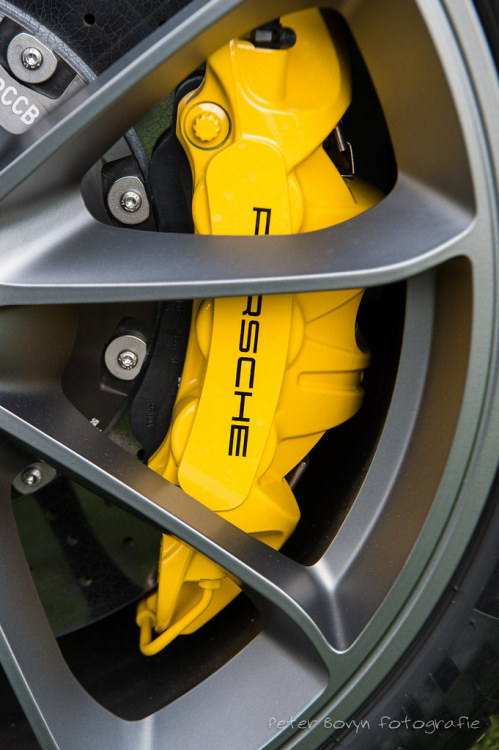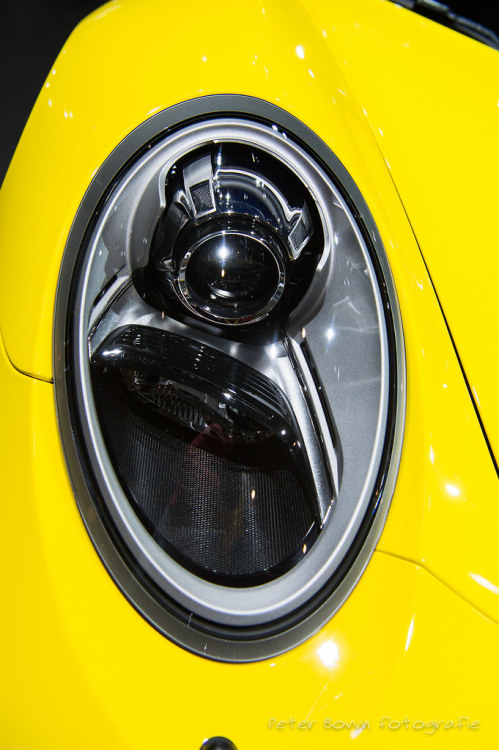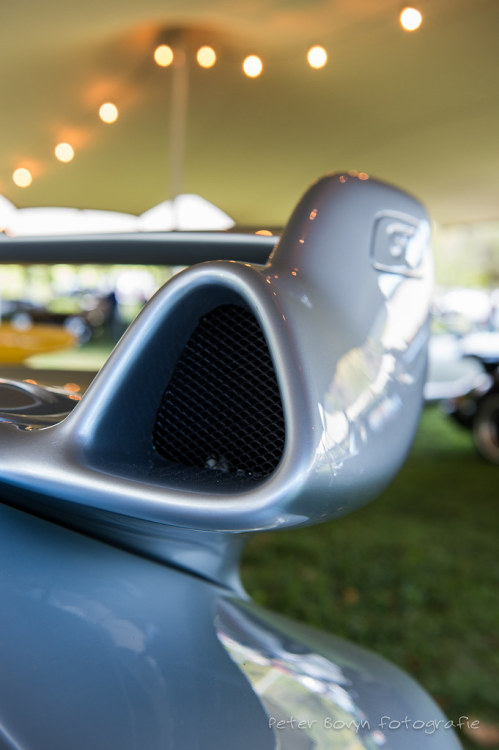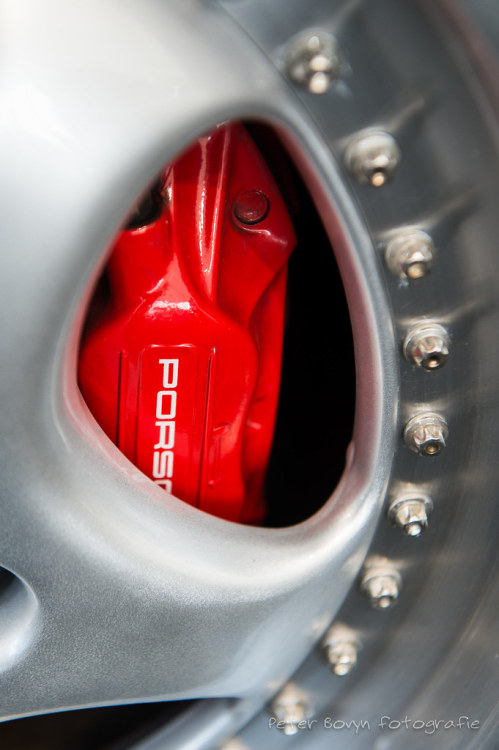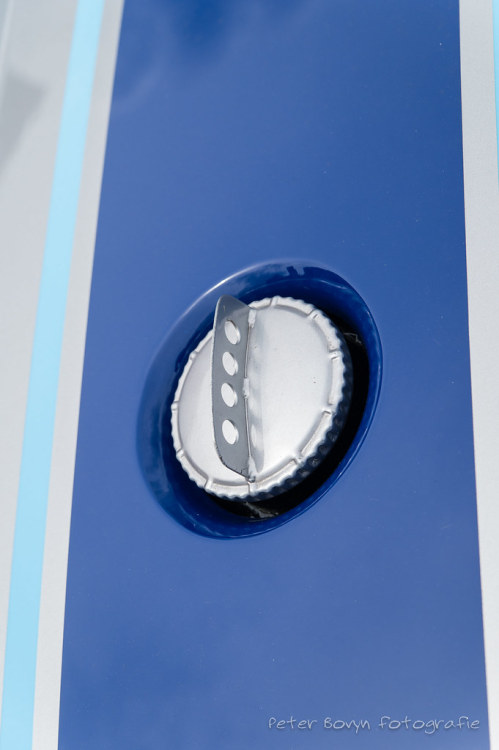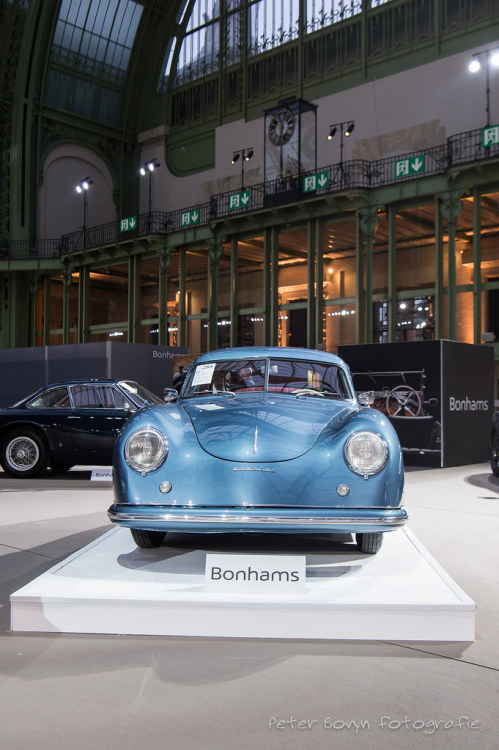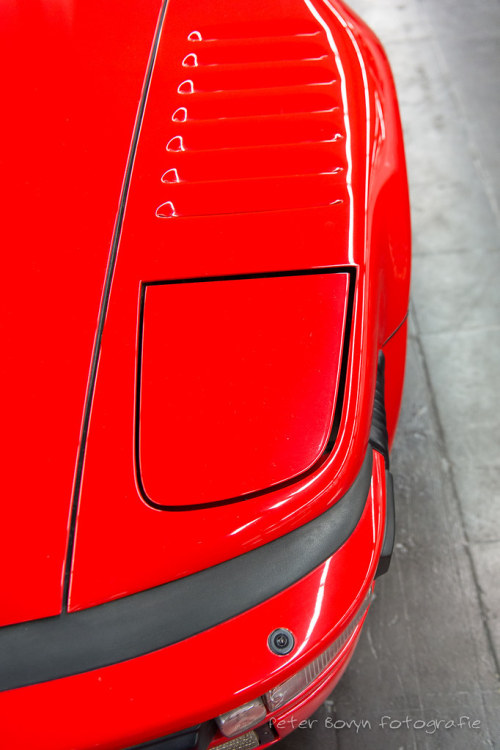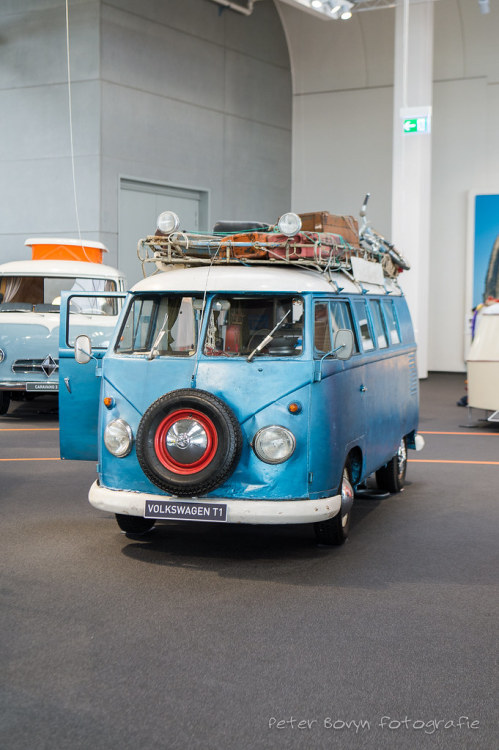
Porsche 911 Carrera RS - 1992 by Perico001 Porsche 964
Bonhams : the Zoute Sale
Estimated : € 320.000 - 360.000
Zoute Grand Prix 2018
Knokke - Zoute
België - Belgium
October 2018
‘What the RS has done is take the technical brilliance of the latest Carreras and put back the missing excitement of some earlier, less pampering generations.’ – Brian Laban, Performance Car magazine.
Evoking memories of the legendary 2.7 and 3.0-litre RS and RSR 'homologation specials’ of the 1970s, Porsche introduced the Carrera RS on the Type 964 platform in 1991. A lightweight variant like its illustrious forebears, the beautiful newcomer was based on the Carrera Cup competition car and sold in Europe only, though there was a lower-specification RS America for the United States market. There was also a Touring version that kept most of the road equipment fitted to the standard Carrera.
Representing a major step forward in the development of Porsche’s perennial 911, the Carrera 4 and Carrera 2 - 'Type 964’ in factory parlance - had been launched in 1989, the former marking the first time that four-wheel drive had been seen on a series-production model. Porsche had experimented with four-wheel drive on the 959 supercar, and many of the lessons learned from the latter influenced the design of the new Carreras’ chassis and suspension. Face-lifted but retaining that familiar shape, the newcomers had been given a more extensive work-over mechanically, 87% of parts being claimed as entirely new. The pair shared the same 3.6-litre flat-six engine, while power-assisted steering (another 911 'first’), anti-lock brakes and a five-speed manual transmission were standard on both, with the Tiptronic auto 'box a Carrera 2-only option. Its new engine enabled the 964 to out-perform the old '3.2’ yet still met the latest emissions regulations.
The Carrera RS retained the 3.6-litre engine, albeit boosted in maximum output to 260bhp and equipped with a lightened flywheel for improved response. The G50/10 five-speed transmission featured closer ratios, an asymmetrical limited-slip differential and steel synchromesh, while the suspension was lowered and stiffened. The 0-100km/h time dropped to 5.4 seconds and the Carrera RS had a top speed of 260km/h.
For the lightweight version, the interior was stripped out completely and the power steering, power windows and seats, rear seats, air conditioning, cruise control, sound deadening material, and stereo system removed. Two lightweight racing bucket seats were fitted instead. The front bonnet was made of aluminium and the chassis was seam welded, while the side windows were made from thinner and lighter glass. Rounding off this radical exercise in weight reduction, the Carrera RS was equipped with 17" Cup magnesium wheels. The result was a total weight saving of around 150kg compared to the Carrera 2, transforming the RS into a faster, more agile, and more responsive car.
Brian Laban found that any feeling of remoteness or soft touch had gone completely, and reckoned that the controls never felt more solid or precise. In his opinion the Porsche could not be faulted, the verdict being that the Carrera RS was 'exactly what a performance car should be’. Excluding America and RSR variants, only 2,051 units of the Type 964 Carrera RS were produced.
In June 1990, this unique Carrera RS’s owner signed a provisional purchase agreement, and in March 1991 was asked by the importer what colours he would like for the body and upholstery. He specified bodywork in British Racing Green, Recaro seats trimmed in Sherwood Green leather, and a special three-spoke steering wheel. The importer had serious reservations about the special colour scheme chosen by the customer, but after several months of discussions, on 20th December 1991 confirmation was received that his choices were acceptable, albeit with a considerable increase in the price. Other non-standard special features of this car include a bracing bar between the front suspension turrets, and a unique centre/rear interior roll cage.
The Porsche was duly delivered to the current owner on 27th May 1992, since when it has covered a mere 31,500 kilometres in fine weather only, and has always been a pleasure to drive. Pampered by its owner and never involved in any accidents, this Carrera RS retains its original paintwork and has never repainted except for the right rear wing. The bodywork, under-body, and front luggage compartment and all impeccable, while the original magnesium wheels are undamaged. Never rebuilt, the engine has no oil leaks, and we are advised that the transmission is faultless.
Offered with its original tool kit, jack, compressor, instruction manuals, and two sets of keys, this unique Carrera RS comes with full and unbroken history from new, including the purchase order, purchase invoice, service booklet, service invoices, Certificate of Conformity, Contrôle Technique, Belgian Carte Grise, and all documents. A unique opportunity. https://flic.kr/p/2a3WBC7
from Tumblr
https://66.media.tumblr.com/fb4b251933c24ce92ed02c8e71be11d1/928d0257a078d67c-6a/s500x750/d61d08bff807c164b6e7d9a0f45c4b795fd60c72.jpg









